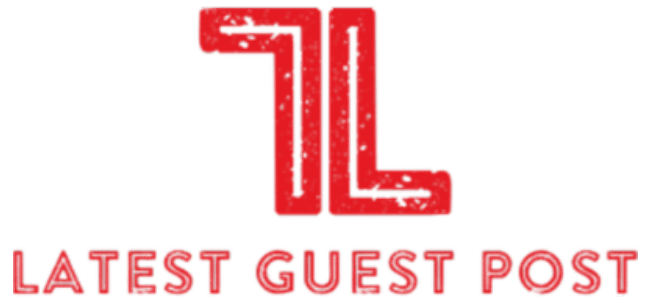What is the Role of AIoT in Smart Water Management?
Almost a third of the world’s population does not have access to safe drinking water. Effective water management becomes increasingly important as the world recovers from the pandemic’s healthcare and financial consequences; water is crucial for most residential, commercial, and industrial activities. Climate change caused by global warming was disrupting the water ecosystem balance even before the COVID-19 epidemic.
While we work to limit the effects of climate change, we can make the most use of the current water resources by distributing and utilizing them optimally. Unaccounted For Water is a critical indicator for assessing the success of water distribution to the last mile (UFW). The amount of water lost from the source to the user’s premises along the water delivery chain. Keeping UFW in control over a densely populated, more urbanized populace presents numerous obstacles. Here are a few examples:
Leakage: High flow rates and hydraulic pressure are common in distribution pipelines from reservoirs through pumping and purifying stations and finally to user premises. Pipe breaks, valve malfunctions, and severe water leaks are common outcomes. Water distribution network pressure and flow rates are measured at various places to help optimize the network and ensure its integrity. Another method is to use vision systems to detect leaks above the threshold in the overhead tank and pipe distribution network.
Wastage – Inadvertent, unattended water flow from outlets is a major water waste source in residential and commercial settings. While it is not realistic to install measurement and monitoring infrastructure at every water usage endpoint, we can integrate intelligence into a smart water meter and valve to regulate the supply to a group of endpoints in a technologically and economically reasonable manner. Sub-optimal performance of water processing equipment (purifying, cooling, or heating) in commercial and industrial applications is another source of waste.
Let’s look at how AIoT technology can help with these issues.
How AIoT technologies assist
Water leaking from the distribution system
Rugged outdoor sensors and communication modules with medium to long-range connectivity aid in transmitting telemetry data such as flow rates, pressure, rate of change, and timewise trends from points across the distribution network. This approach to leak detection is based on machine learning pipelines that analyze flow rate and pressure change data. Both supervised and unsupervised techniques achieve high accuracy in localization. Historical data on leakage occurrences and telemetry data patterns transmitted to Cloud apps might be combined with meteorological data to anticipate probable time to failure for specific distribution network areas from an analytical standpoint.
Technicians in charge of the network can get information about components that will fail. These distribution network components could be fixed or replaced just in time to prevent water leaks.
Computer vision-based pipelines on a video stream on known network bottlenecks, i.e., sites where leaks have been pinpointed in many instances, can aid in the prevention of catastrophic breaches. These video-capture camera systems might also be mobile, traveling along the length of the pipeline to cover wide areas of the distribution network when demand and seasonality patterns change.
At the point of consumption, there is a waste of water.
Inadvertently opened but unused or chronically leaking water outlets, just like in distribution networks, greatly increase per capita water usage at the user location. Water flow rates can be monitored to discover potential on-site water waste. By identifying periodic trends in water flow rates, smart water meters can help. Machine learning algorithms are used to detect one or more simultaneous leaks — an open kitchen sink faucet, a faulty flush tank, or a leaking shower head – based on the conventional flow rates of various water outputs and their past usage patterns.
Due to decreased water quality about acceptable usage regulations, we may demand frequent water replacement for recreational water usage in outdoor pools. We can also recognize biodegradable (dry tree leaves, fruits, flowers) and non-biodegradable (cans, bottles, plastic bags) trash using computer vision models mounted on the poolside or inside the pool. It might be cleaned manually or mechanically to ensure optimum water quality without the need for regular replenishment.
In many circumstances, water processing equipment such as heaters, coolers, and cleaners operate poorly or even break down, resulting in severe water waste. This is a major issue for big, dispersed commercial venues such as malls, stadiums, and commercial complexes. Connected vision or sensor data-based ML systems can help detect incorrect equipment configurations, degraded vital components, or a user or operator’s repeated failure to follow SOPs. Using these sensor data-based insights to take corrective actions helps prevent ineffective or broken-down processing equipment.
Bottom Line
To summarize, AIoT technologies help enhance water consumption in the residential, commercial, and industrial segments across the value chain. This can make a substantial contribution to the long-term development and conservation of water resources.
Teksun has significant capability in product engineering for varied industry use cases, combining AI and IoT technologies for improved control and insights. Our knowledge of commercial and open-source technology platforms across the hardware and software levels has enabled us to deliver significant value to customers in various industries, including water management.
